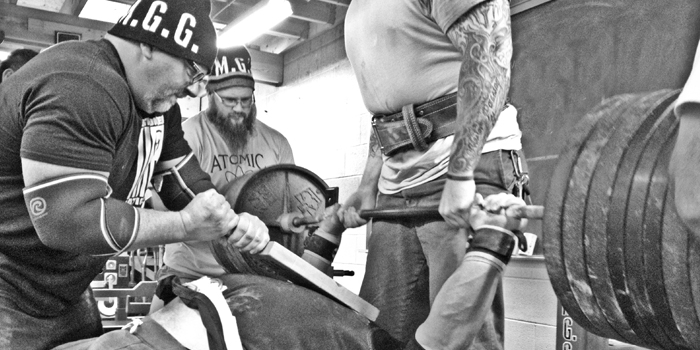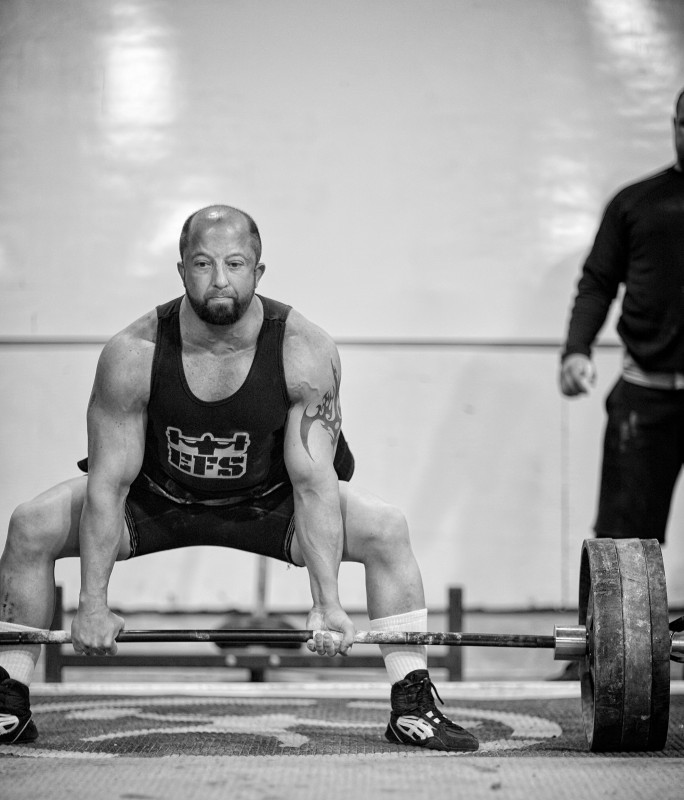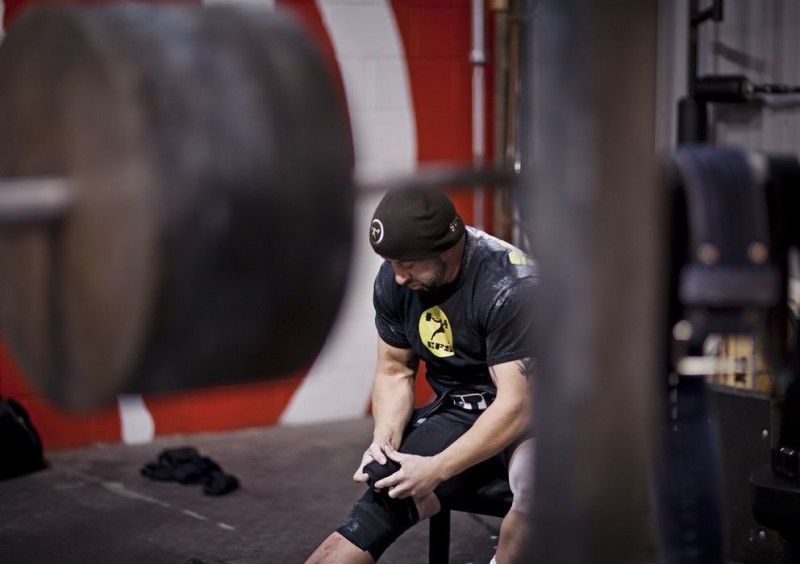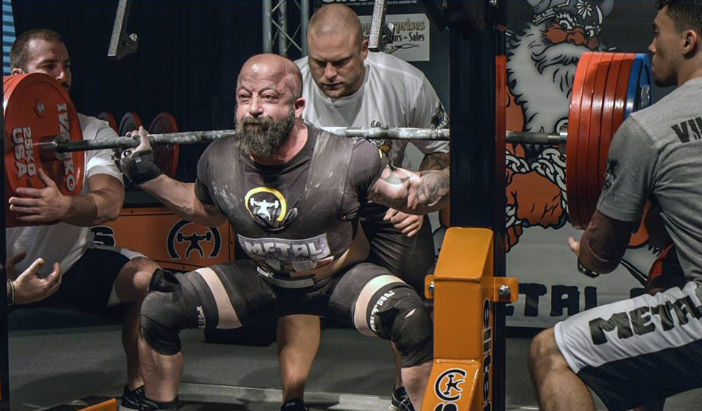
Carnegie Hall is a world-famous concert venue located in New York City. It was built in 1891 and is renowned as the premier venue for classical and popular music on the planet. So famed and prestigious is this venue, that there is a universally known saying among musicians and actors that asks the question… “How do I get to Carnegie Hall?” The answer musicians and actors give is, “Practice, practice, practice.” This play on words is insight into their world as except for that rare one in a million shooting star performer, in order to display one’s chops, one’s talents, one’s craft or art on the biggest of stages, one must first practice, hone, refine and perfect their skills and abilities at the not-so-grand of venues.
This is true when it comes to the vast majority of professions, activities, sports and the like. In the world of race cars, the road to success (pun intended) on the big scene starts in smaller venues, on slower tracks, driving with far less powerful engines. Gradually these drivers work their way up the ranks to where only the few, only the very best and most talented reach NASCAR status. Once at that level, these best of the best drivers work with horsepower in the neighborhood of 900 horses and behind engines with a price tag of $80,000. No newbies are going to get into these ultra-high-tech racing machines, of that you can be assured. The hard work required to reach these ends has to be put in on the front side over and again.
RECENT: The Week Before the Meet — Unstructured or Accounted For?
In the world of live music, there are music scenes where local bands play and tour and learn all aspects of their craft. Bands typically start off in the seedy gin joints and learn about shady bar owners, play in front of small crowds of 10-40 bar hoppers more interested in hearing “Freebird” than listening to the musician on stage who could very well be the next Edward Van Halen, Miles Davis, Meshell Ndegeocello or Muddy Waters. But it is these local scene tours and small club after small club gigs that help develop talent and the hard working bands that possess talents and work to build on that talent end up opening for bigger and bigger bands until they themselves become the headliner who the big crowds pay to hear play.
In the glitz and glam world of Broadway, the big names in lights started off as little names rehearsing roles in their one-bedroom apartment. The world famous musical Hamilton is comprised of many amazingly talented people. One of the stars Phillipa Soo, is a 26-year-old who was just nominated for the Tony Award, for Best Actress in this musical. She is the perfect example of someone at the top of her craft who started with a passion for theater and then, plain and simple, put in the work. She was in high school theater productions from 2004-2008 and based upon that body of work she produced and honed she earned her slot at the prestigious Julliard School. From those humble beginnings and through her hard work in the most basic of settings she is now at the pinnacle of her chosen craft.
When bands play the local scene they are working not only to build a name for themselves but more importantly, to learn how to play live in front of an audience, learn how to deal with the unexpected from a guitar string breaking to malfunctioning monitors and bad sound on stage. When singers, actors, and dancers work their way up from the local theater troops, they too learn how to perform under pressure and how to react and adapt when things go wrong during the performance. This is not unlike the race car driver who learns when and why to head to the Pit Crew for help, learns what to do when crashes happen in front of them or around them during the smaller races where the cars are just a little slower and the engines do not yet cost the same as a small home.
What I am saying is that folks playing in the garage with their band, an actor rehearsing with their fellow actors around the table, or a race car driver working on his/her car engine at the shop allows them to understand parts and pieces to their craft, but that is just the beginning. Isolated work in one’s craft is not the same as engaging in their craft and understanding the nuances of it during a performance or competition setting.
So, be it a band, the actor, the race car driver, the point here is once they get past the isolated rehearsal aspect of their craft, they then move onto engaging in their craft in an authentic setting where the safety nets are no longer under them.
Developing skills and strategies and learning to master their craft without the safety net is critical. Being skilled at your craft is key for the band when you find out that the record producer is in the audience, or as the actor you find out the Broadway talent scout is watching the performance, or for the race car driver when they find out the business owner who spends millions is thinking about advertising their brand on the side of your race car. But even more importantly, these skills allow for all of these crafts to be ready for when the big performance happens, the show at Carnegie Hall, the performance at the Tony Awards, the final few laps at the Daytona 500.
With all that said, the same goes for our great sport, the sport of powerlifting. The great meet lifters all started off learning about the sport, the three big movements, the technique, the programs, what works for them, what didn’t work for them, the history of the sport, etc. Then they took this knowledge and applied it. They trained at the gym, they worked through programs and honed technique. They grew strong(er) and better. So at this point they were like the band in the garage, rehearsing and learning their instrument and how to make things work. The next step, be it for the band, the actor or the race car driver is also the same, they now had to take this show on the road.
As powerlifters, lifting at the gym is one thing…lifting at the meet is a whole different story. Over the decades I have been witness to this stark contrast over and over again between the strong gym lifter vs the successful competition lifter. Great gym lifters go to the bigger meet, that national meet or that big festival event and things go wrong, and they go wrong quickly. They miss attempts or worse yet, they bomb out. Why is this, as they always hit their number in the gym? Well, the reason is not that different from what is called the “American Idol Phenomenon.” On that television show, you see young singers with talent who sing quite well and make it to the program. They are thrust onto the big stage and except for that one in a million I mentioned at the beginning, they do not have the road under their belt, the experience singing at the little seedy bar, club or venue and they are ill-equipped to handle the thousands of variables and nuances that they would need to know how to handle the real-mccoy. Without that experience in their back pocket, they simply get eaten up and spit out by that industry. Just like the gym lifter is strong in the gym, the singer sure sounds great, singing in their shower, but that is a very different scenario for the singer singing on the show, just like the difference between lifting at the gym vs lifting at the meets.
When looking at what makes a great lifter great, it is not just huge numbers but huge numbers over decades and huge numbers at the important meets. In powerlifting, there are guys like the GOAT, Ed Coan and Mr. Consistency, EliteFTS Team member, Brian Schwab. These are two lifters who were/are not only known for huge numbers but for having huge numbers for decades and putting up the huge numbers at the big meets. They enjoyed not only success seated at the top of their weight class, but at the top of their weight class when the other ranked guys changed, changed again, and changed yet again. You can see it in the old Powerlifting USA magazine ranking lists. Lots of names changed, many never to be heard of again, but the great competitive lifters like Ed and Brian, their names are on these lists year after year.
Why is it that great lifters at the top of the heap do so well at the big meets. A big part of their success is the time they put in honing their craft. Brian has been in over 80 powerlifting meets in his lifetime, and if you take a look at Ed’s book, The Man, The Myth, the Method (great book by the way) it chronicles Ed’s meets, and there are a truckload of them over the years. What you see in guys like Ed and Brian is the finished product. You see the end result of years of what would equate to a band playing at a dive club, and actor performing at the local village hall, the race car driver racing at the local state fair. You see them when they are a “somebody” not when they were a nobody learning by making mistakes, learning by choosing bad attempts, learning by missing weights because of a technical flaw, learning by seeing what others did wrong and what others did right. Quality powerlifters, and I am talking about quality competitive lifters because competing is what makes the powerlifter, are quality because they went to the little push/pull meet, the local non-sanctioned meet, they traveled to a meet and compete not to necessarily win, but to learn how to win, to learn how to compete. These quality lifters learned and realized and understood that if you only compete twice a year, you have had really had one meet experience for every 182 or so days of training. Kick those numbers around in your brain for a minute.
In my own personal experience, my training partner Tom and I would compete several times per year and did so for many, many, many years. We did the larger meets, but we also competed in our fair share of little meets along the way. The little meets were a way of sharpening the saw so-to-speak. These were meets we competed in but did not specifically train for. Meaning, the way we competed was finding a meet, traveling to it and using it to learn how to compete. Competing in these training meets paid off huge when it came to the big meets as I could site example after example of happenings that occurred in the small meets that prepared me for those same or similar happenings at the big, important meets. I am nowhere even close to the league of an Ed Coan or Brian Schwab, in fact, I am probably not even qualified to spot them, but what I can tell you is due to the amount of meets Tom and I competed in and the time we put in learning how to compete, those smaller and more frequent meet experiences made a big difference in the outcomes in all four of my biggest international meets. In other words, I was not always the strongest lifter at my meet wins, but I was for sure the most-experienced-strong-lifter and that was the difference in the outcome of these bigger and far more meaningful meets.
Photo of EliteFTS Team Member: Brian Schwab, by Nebula Productions. *An abbreviated list of some of Brian’s powerlifting accolades: *148LB ALL TIME total record, 1930LBS, Quintuple bodyweight squat with 825LBS at 165BDW and 765LBS at 148BDW, 12x bodyweight with 2045LBS at 165BDW and 1930LBS at 148BDW. ALL TIME Top 20 Rankings: 148LB class #4 ranked Squat, #4 ranked Bench Press, #1 ranked Total…165LB class, #7 ranked Squat, #3 ranked Bench Press, #3 ranked Total…ALL TIME Greatest Squat/Bodyweight, #19 825 lbs @ 165 lb, #20 565 lbs @148 lb…ALL TIME Greatest Total/Bodyweight, #6 1,930 lbs @ 148 lb, #7 2,045 lbs @ 165 lb.
Like Indiana Jones says in the movie Raiders of the Lost Ark, “It’s not the years, it’s the mileage.” Same for the competitive powerlifter, it is not the years you put in training that can transform you into a great competitor, it is the mileage, it is the little meets, the time on the competitive platform and the road under your lifting belt which complements your gym time and that can turn a great gym lifter into a great meet lifter. What is the difference between the two? The difference, frankly stated is, nobody cares about the great gym lifter and their names are nowhere to be found in the book of powerlifting history. Nobody cares what Ed pulled while in the gym, but we all know historically at just 220 POUDNS of BDW he pulled his untouchable 901-pound RAW deadlift in a full meet.
My food for thought for you is, if your meets are not going as well as they should, and you are re-thinking your programming, your training cycle, your gear, your technique, your training partners…..perhaps you are rethinking the wrong things. Just perhaps you are not competing frequently enough. If you know someone who says they have been powerlifting at the gym for three years yet has competed in just two meets, you could successfully argue that they have not actually been a powerlifter for three years. It is a pretty good argument that they have been a competitive powerlifter for less than 24 total hours. Squatting, benching and deadlifting for a total of 18 attempts in just two meets over a total span of three full years or 1,095 days of training, is not the kind of mathematical formula that makes for a great competitive powerlifter.
In a modern culture where some want instant glory, that American Idol paced success, one must realize that it is the garage band drummer and his band that went from crappy club to crappy club, to opening act, to headliner that ultimately found success, because when they hit the big arenas, they win the crowd as they have been there done that a ton of times already. But more importantly, not only have they made it to the top, but they also know how to stay on top because likewise, they put in the hard work over and again.
What Led Zeppelin is to rock and roll, an Ed Coan is to powerlifting and the common thread in both of their success, in part, is practice, practice, practice. The work at the small meets in addition to the gym work helps you to develop, hone and refine the skills, tools and knowledge you will need to call on in order to be successful when lifting on the world stage. Will that work on the front side get you a powerlifting resume like that of a Brian Schwab? I say, you will only know the answer to that when you stop pondering and actually begin putting in that work on the front side.
Wishing you the best in your training and your competitions. Ever onward, Eric Maroscher.














3 Comments